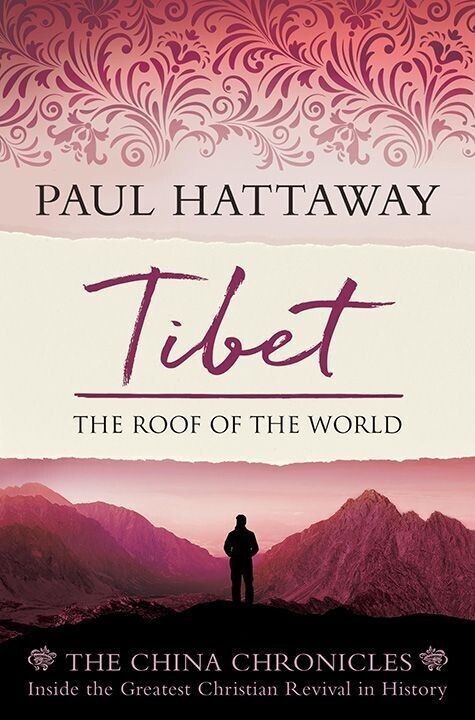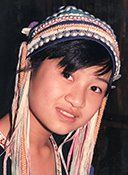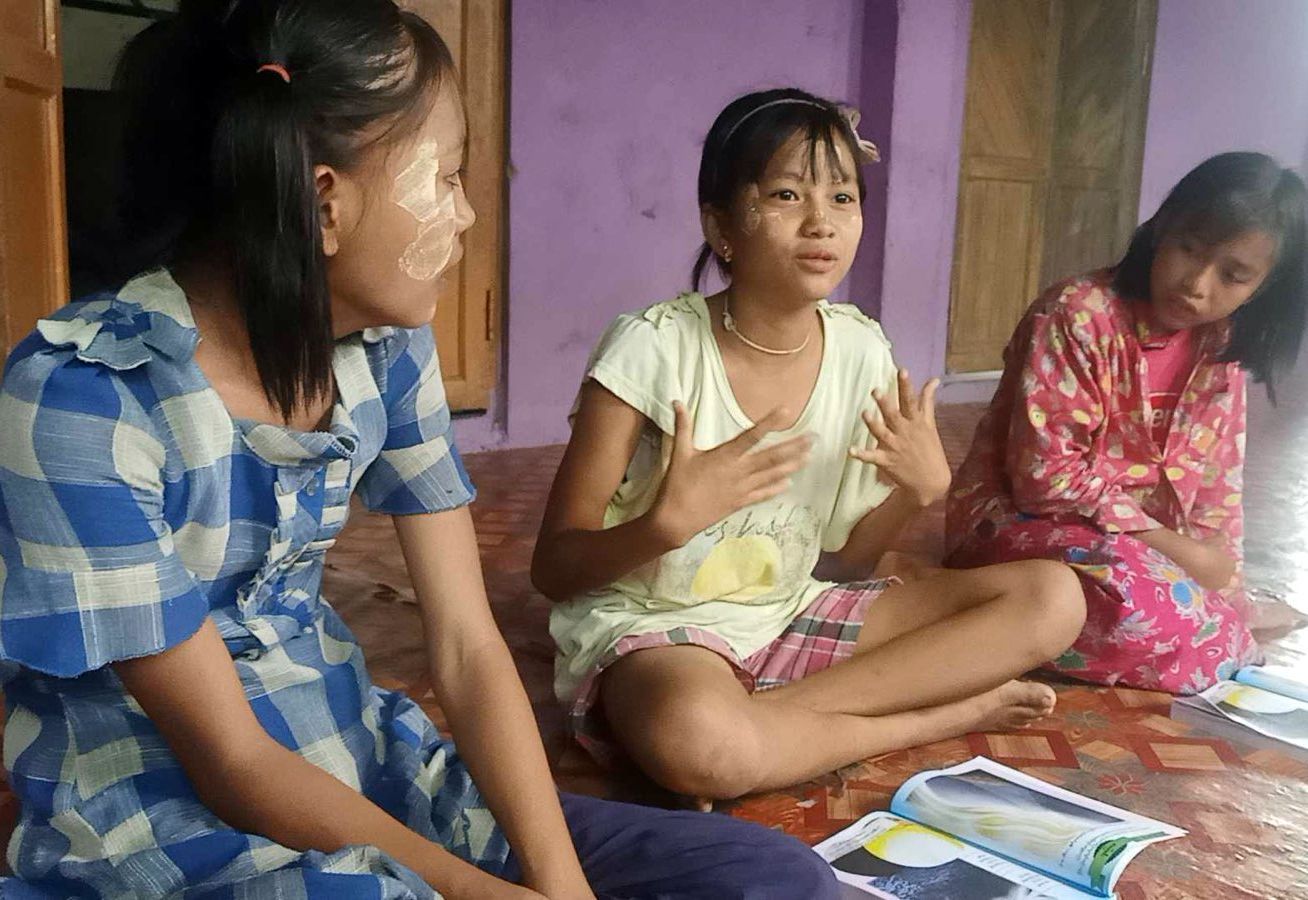1990s
Amdo ཨ་མདོ་
In the 1990s, mission organizations around the world placed an emphasis on completing the Great Commission before the year 2000, by taking the gospel to every unreached tribe, language and people group on earth. This emphasis resulted in new research in remote parts of the Tibetan world. As a result, many previously unknown Tibetan groups emerged, as intrepid researchers traveled far and wide in search of those who needed to hear of Jesus Christ. One new group to emerge in the Amdo region was the small Wutun tribe, numbering just a few thousand people in Qinghai Province.
Speaking a language distinct from all other Tibetan varieties in the area, the Wutun were found to be almost completely unaware of Christianity, although in 1996, a 74-year-old Wutun man bluntly told a visitor: "When I was a small boy I heard something about this Jesus religion, but I did not understand. We only believe in Buddhism. We are not interested in any new religions because we know that we have the best and only true religion in the world."
Tibetan Breakthroughs
Sister Feng, a Han Chinese Christian, came to faith in Jesus in 1990 after many miracles took place in the church she attended, including exorcisms and the healing of cancers.
After receiving a clear call from the Lord, Feng moved to Qinghai Province in 1993, joining a team of evangelists among the Amdo Tibetans. Two years later, she was caught preaching the gospel and was sentenced to one year in a prison labor camp. This experience failed to deter her, and she shared her faith with the other inmates at every opportunity. Immediately after her release she continued her ministry in central Tibet.
By the end of 1996, Sister Feng and her co-workers had started ten house churches with a total of about 100 believers—but just a single Tibetan Christian was among them. The team members cried out to the Lord, asking Him to give them more power so they would bear more fruit for the kingdom of God among Tibetans.
In 1997, five Tibetan teenagers attended a meeting where they were deeply convicted of their sins and received Jesus Christ. A short time later in Lhasa, another ten Tibetans came to faith.
By the end of the 20th century, the fame of Jesus Christ had spread, and small pockets of Tibetan believers had emerged in many locations. Reports of breakthroughs surfaced from time to time. One report noted:
"Two evangelists shared the gospel with 50 people in a mountain village in Tibet, and two people made public decisions for Christ. Two days later, in another village, two Buddhist monks accepted Christ. In a third village, 70 people gathered to hear the gospel and four made public decisions. Other villagers, however, said they were afraid to publicly declare their commitments to Christ. 'We have faith in the Lord Jesus, but the villagers will persecute and excommunicate us,' one believer explained. 'If we must leave the village, where will we go?' ...
An evangelist in Tibet was seized by Buddhist monks and sewed into the skin of a yak. They left him behind on a rock in the sun. After a few hours, vultures swept down and started to peck at him. The skin protected him and the vultures were only successful in loosening the stitching, which came undone and released him!"
In 1999, a German mission organization shared a stirring testimony about the work of a Chinese evangelist in Tibet:
"When Chen was sent to a Tibetan labor camp, he was aware that he might only have a short time left to live. Chinese prisoners, particularly Christians, are the subject of much hate in these camps. However, the overseer of Chen's cell was a Buddhist who promised to protect him. One day, a Muslim prisoner grabbed Chen and threatened him, saying, 'Your protector will die soon, and you won't live much longer than he.' Every inmate knew that the overseer was suffering from incurable cancer, and that he only had three months to live.
Chen, though, had a plan. From memory, he wrote out the biblical passage in Acts 28 when the Apostle Paul prayed for a sick man. His only writing tools were a roll of toilet paper and the blood from his own fingertips. Chen gave the paper to the overseer, and a few days later, he was called into the man's office. 'Does Paul's God still heal today?' the overseer asked. Chen said that he did, and offered to pray for him. One week later, Chen was again called to the overseer's office, and found him completely healed.
All the inmates heard that the Christian God had healed the man, and many decided to follow Christ."
© This article is an extract from Paul Hattaway's book ‘Tibet: The Roof of the World’. You can order this or any of The China Chronicles books and e-books from our online bookstore.
1. China's Millions (January 1877), p. 5.
2. A. J. Broomhall, Hudson Taylor & China's Open Century: Book Six – Assault on the Nine (London: Overseas Missionary Fellowship, 1988), p. 148.
3. "Through Eastern Thibet," China's Millions (August 1879), p. 101.
4. My translation of the Jean-Baptiste Brieux Obituary in the Archives des Missions Etrangères de Paris, China Biographies and Obituaries, 1800-1899.
5. "What it Costs to Murder in Tibet," Chinese Recorder (August 1891), pp. 358-59.






